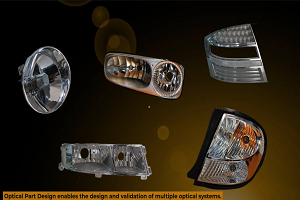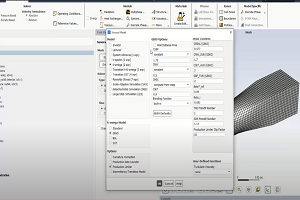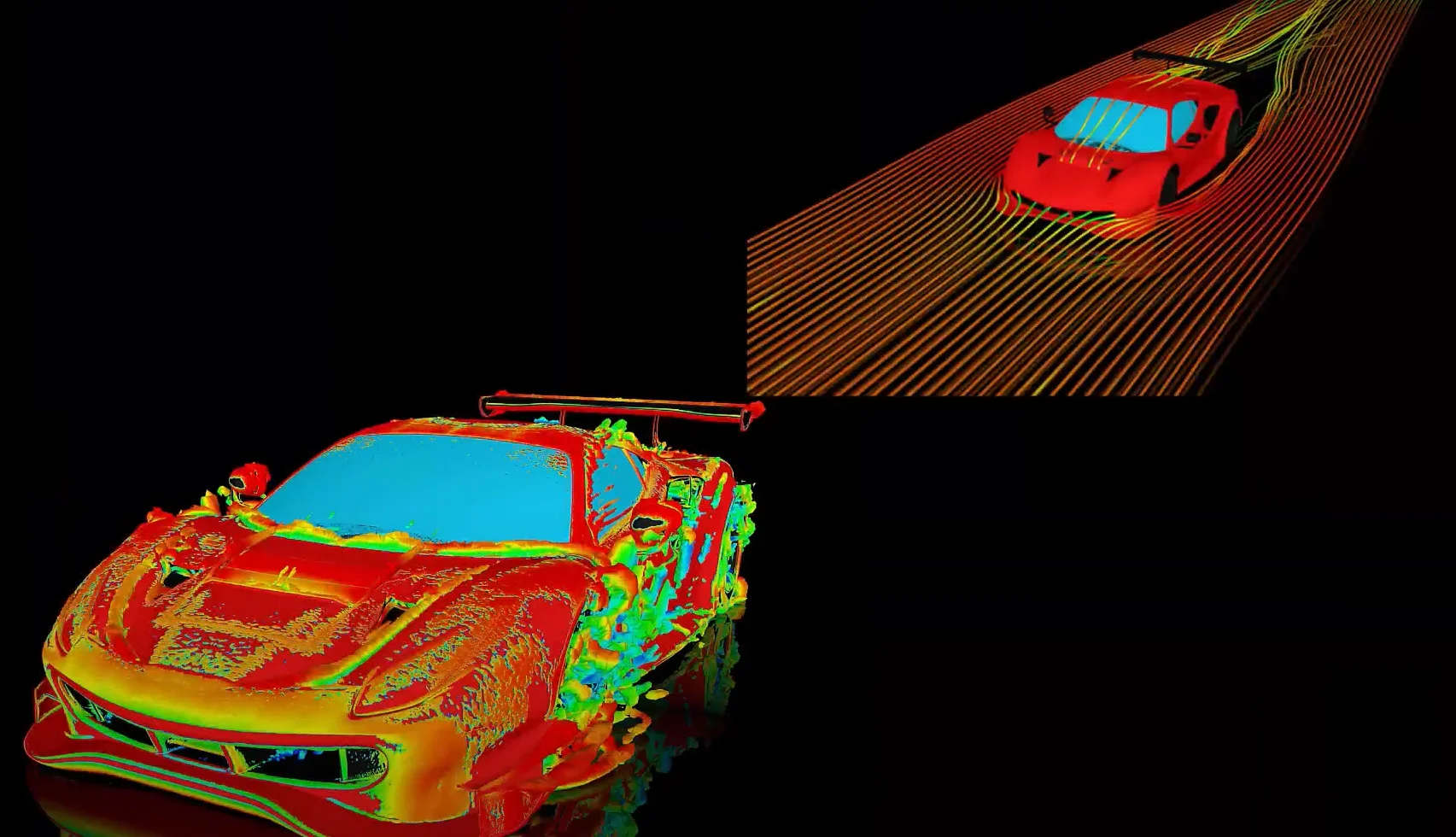How can we apply different loading conditions on both the top and bottom of a shell/surface body, e.g., temperature on top face and convection on bottom face.
-
-
January 25, 2023 at 7:34 am
 FAQParticipant
FAQParticipantANSYS utilizes the SHELL131 element to apply a load on layered shell data; this enables the application of loads to either the top or bottom of a given shell/surface body. The exposure of this element is directly available in ANSYS Workbench-Mechanical as a Beta feature. You can activate this in three steps: 1. On the WB project page go to Tools > Options > Appearance > scroll down and check the Beta Options box. 2. Then, in Tools > Options > Mechanical > Beta Feature Selection check the box labeled “Allow thermal variation along shell thickness”. *note: you will have to restart Workbench (save your project and close Workbench and reopen it) for this feature to take effect within Mechanical 3. When you open Mechanical, under Geometry, select your surface body and for the setting “Thermal Variation (Beta)”, choose “Linear Variation”. With those steps executed, when you apply a given load, under the Details box, a new field exists named “Shell Face”. You now have the additional option of choosing the top or bottom face though that field.
-


Introducing Ansys Electronics Desktop on Ansys Cloud
The Watch & Learn video article provides an overview of cloud computing from Electronics Desktop and details the product licenses and subscriptions to ANSYS Cloud Service that are...

How to Create a Reflector for a Center High-Mounted Stop Lamp (CHMSL)
This video article demonstrates how to create a reflector for a center high-mounted stop lamp. Optical Part design in Ansys SPEOS enables the design and validation of multiple...

Introducing the GEKO Turbulence Model in Ansys Fluent
The GEKO (GEneralized K-Omega) turbulence model offers a flexible, robust, general-purpose approach to RANS turbulence modeling. Introducing 2 videos: Part 1 provides background information on the model and a...

Postprocessing on Ansys EnSight
This video demonstrates exporting data from Fluent in EnSight Case Gold format, and it reviews the basic postprocessing capabilities of EnSight.

- ANSYS Mechanical: Node Merge
- How to use ANSYS Workbench Meshing Virtual Topology
- Is there a way to show the element coordinate systems so that I know what direction the bending moments are in?
- ANSYS Mechanical: Node Move
- I am getting an error that mixed order mesh elements are not supported. How to overcome this issue?
- How to use ANSYS Workbench for Shell Meshing and Editing
- How can you identify the element types used by Mechanical?
- How can we apply different loading conditions on both the top and bottom of a shell/surface body, e.g., temperature on top face and convection on bottom face.
- What is the difference between shell 63 and shell 181?
- How to use ANSYS Workbench for Merging Mesh Nodes

© 2026 Copyright ANSYS, Inc. All rights reserved.

